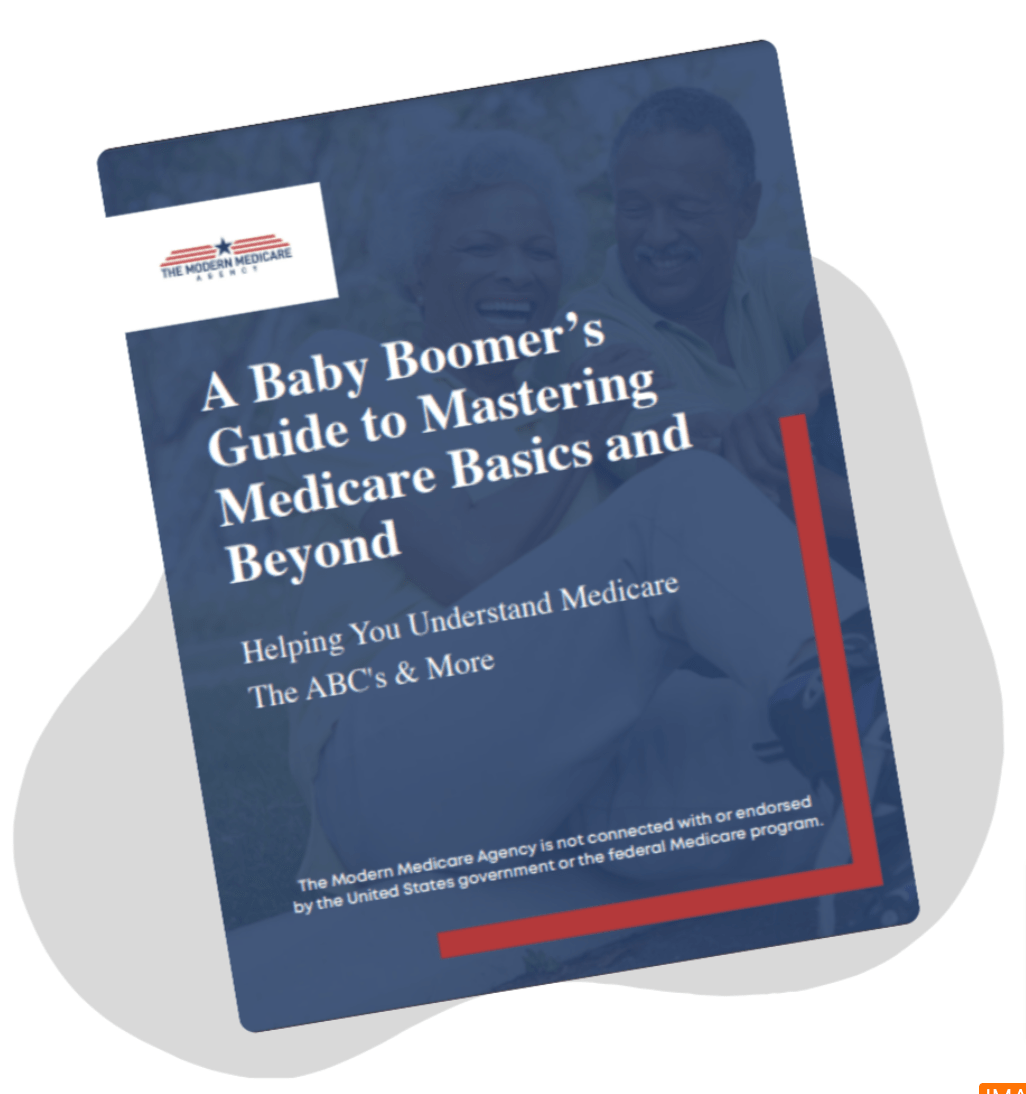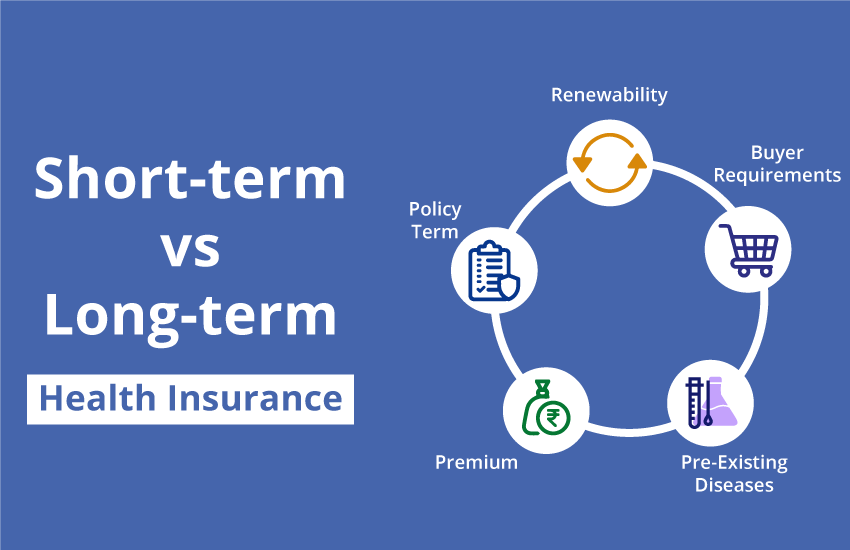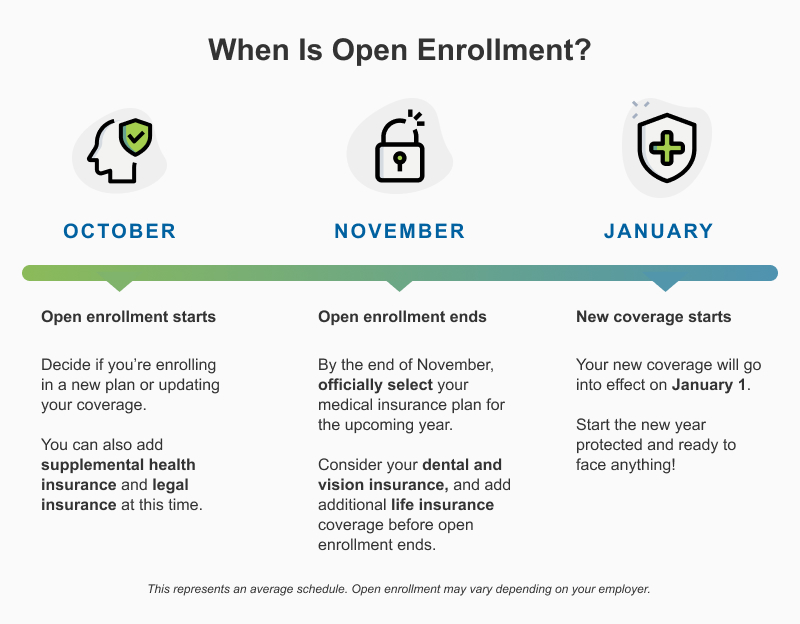Some Of Medicare Advantage Agent
Some Of Medicare Advantage Agent
Blog Article
Not known Facts About Medicare Advantage Agent
Table of ContentsHow Medicare Advantage Agent can Save You Time, Stress, and Money.Some Of Medicare Advantage Agent4 Easy Facts About Medicare Advantage Agent Explained


follows from confusing the relatively young age profile of the uninsured with the better healthFar better wellness average, of younger persons. For those without access to workplace health insurance, poor health is a possible obstacle to acquiring nongroup protection due to the fact that such protection may be highly priced, omit preexisting problems, or be merely unavailable. Unless otherwise kept in mind, national estimates of people without health insurance coverage and percentages of the populace with various kinds of coverage are based on the CPS, the most widely utilized resource of quotes of insurance policy protection and uninsurance prices.

Medicare Advantage Agent Fundamentals Explained
Over a three-year period beginning early in 1993, 72 million individuals, 29 percent of the united state populace, lacked protection for at the very least one month. Within a single year(1994), 53 million people experienced at the very least a month without insurance coverage(Bennefield, 1998a). Six out of every 10 without insurance grownups are themselves employed. Although working does improve the possibility that and one's household members will certainly have insurance, it is not an assurance. Even members of families with two full-time wage earners have nearly a one-in-ten opportunity of being without insurance (9.1 percent uninsured price)(Hoffman and Pohl, 2000 ). The relationship in between medical insurance and accessibility to care is well developed, as recorded later on in this chapter. Although the relationship in between wellness insurance policy and health results is neither straight neither basic, a comprehensive professional and health and wellness services research literary works links medical insurance coverage
to enhanced access to care, better high quality, and improved personal and population wellness condition. For instance, the 2nd report, on personal wellness end results for uninsured grownups, is represented by the inner circle of the figure, while the 3rd report, on family members health, encompasses the subjects of the second record however highlights a different device of analysis, namely, the family members. The 6th record in the collection will certainly provide information regarding strategies and initiatives undertaken in your area, statewide, or nationally to address the absence of insurance coverage and its adverse impacts. Levels of evaluation for taking a look at the results of uninsurance. This discussion of medical insurance protection concentrates mostly on the united state populace under age 65 due to the fact that practically all Americans 65 and older have Medicare or various other public protection.
Moreover, it focuses particularly on those without any kind of medical insurance for any kind of size of time. The issues dealt with by the underinsured are in some areas comparable to those dealt with by the uninsured, although they are usually much less extreme. Uninsurance and underinsurance, nonetheless, include distinctly different policy concerns, and the strategies for addressing them might vary. Throughout this research study and the five records to comply with, the major focus is on persons with no medical insurance and therefore no aid in spending for healthcare past what is readily available via charity and security net institutions. Medical this post insurance is a powerful aspect impacting invoice of treatment because both clients and doctors respond view it now to the out-of-pocket cost of solutions. Medical insurance, nevertheless, is neither needed neither sufficient to get to clinical services. The independent and straight effect of health
insurance insurance policy on access accessibility health wellness is well establishedDeveloped Others will certainly get the healthcare they require also without medical insurance, by paying for it out of pocket or seeking it from providers who provide treatment totally free or at highly subsidized prices. For still others, health and wellness insurance coverage alone does not make sure invoice of treatment due to other nonfinancial obstacles, such as an absence of healthcare companies in their neighborhood, minimal access to transportation, illiteracy, or etymological and social differences. Formal study concerning uninsured populations in the USA dates to the late 1920s and early 1930s when the Board on the Price of Healthcare created a series of records regarding funding doctor office visits and hospitalizations. This concern came to be salient as the varieties of medically indigent climbed during the Great Clinical depression. Empirical research studies consistently sustain the link between accessibility to care and boosted health and wellness outcomes(Bindman et al., 1995; Starfield, 1995 ). Having a routine source of care can be taken into consideration a forecaster of access, as opposed to a direct procedure of it, when wellness results are themselves used as accessibility indications. This expansion of the notion of access measurement was made by the IOM Committee on Keeping An Eye On Accessibility to Personal Healthcare Solutions(Millman, 1993, p. Whether parents are insured shows up to influence whether their kids receive treatment as well as just how much careeven if the kids themselves have protection(Hanson, 1998). The wellness of moms and dads can influence their capacity to look after their youngsters and more the degree of family members tension. Fretting about their youngsters's access to care is itself a resource of stress and anxiety for parents. Three phases follow in this record. Chapter 2 provides an overview of how employment-based health and wellness insurance policy, public programs and specific insurance plans operate and connect to offer considerable yet insufficient insurance coverage of the U.S. populace. This consists of an evaluation of historic fads and public plans impacting both public and personal insurance policy, a discussion of the communications among the different types of insurance, and an evaluation of why people relocate from one program to one more or finish up

Report this page